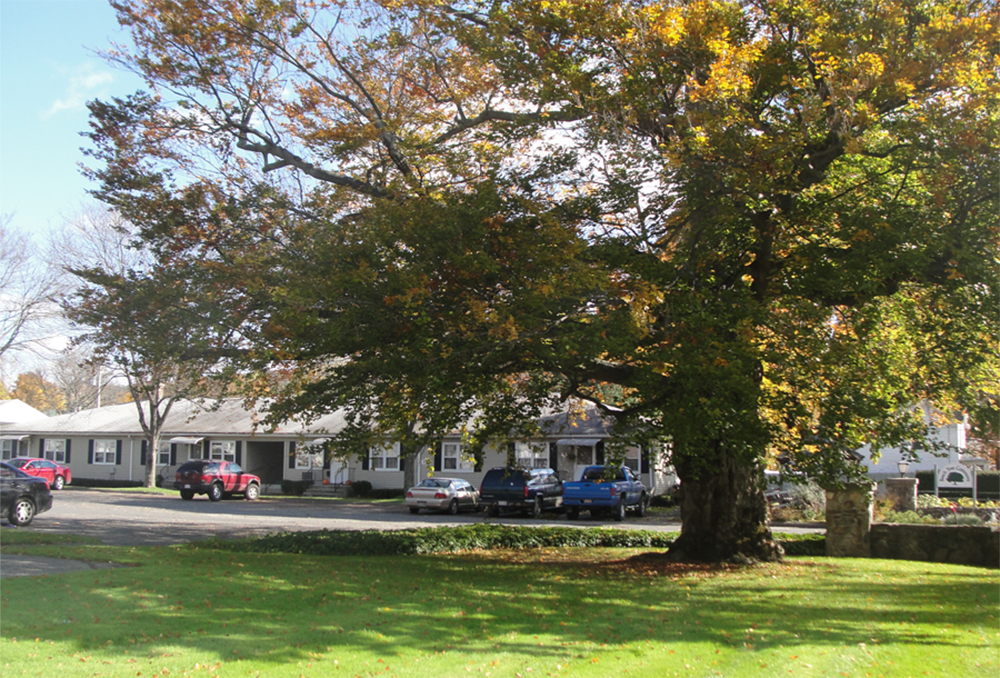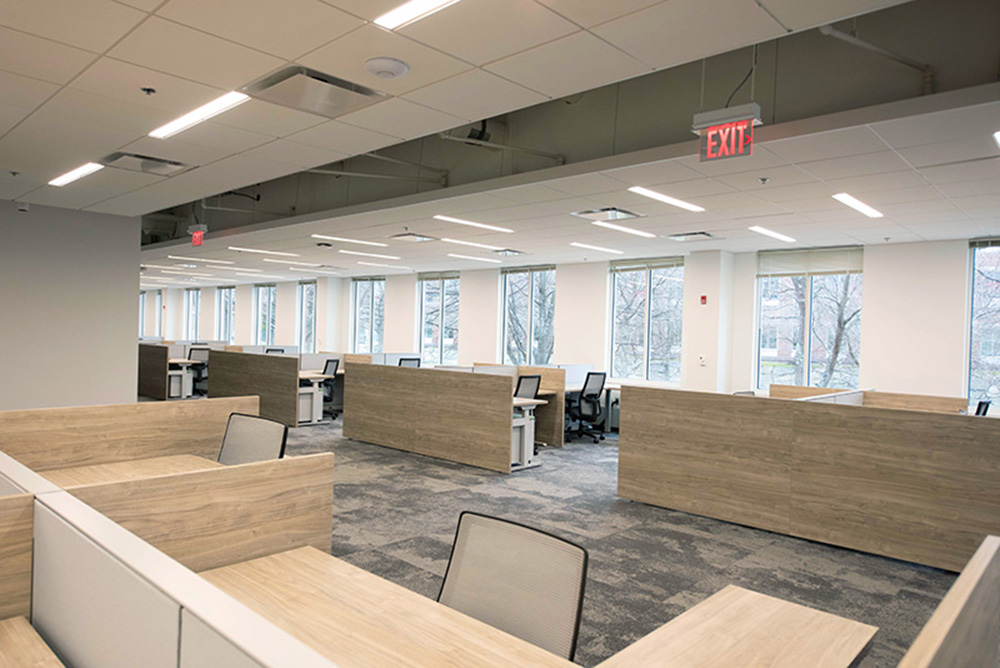News: Appraisal & Consulting
Posted: July 11, 2008
N.E. chapter of CRE and CoreNet hold May 29th event
The New England/NY chapter of CRE and the New England chapter of CoreNet held its first joint event that took place as an evening program on May 29th at the Cummings Trade Center 128 in Woburn, Mass.
The Trade Center is a new LEED certified office building. The event was held from 5:30 p.m. to 8 p.m. with approximately 64 CRE and CoreNet members and guests attending this event. The program included a networking event and an educational session about the Trade Center project. The program was about the first LEED Gold Pre-Certified project class A speculative office complex on Rte. 128. The building totals 440,000 s/f with a 900-parking garage. Cummings Properties discussed the process of being LEED certified and why the project went into the direction of being LEED.
Leeann Coleman of CoreNet welcomed the crowd and made introductions. She introduced the project as a project with no budget, no financing and no tenants but was under construction. Dennis Clarke, president and CEO of Cummings Properties and Bill Cummings, founder of Cummings Properties gave the attendees a background and history of Cummings Props. and its genesis. Then Mike Pascavage, AIA and Jim Trudeau, director of design discussed the permitting and design process of Trade Center.
The project is an 18-acre site and was originally the home of Sylvania in the 1960s. They made light bulbs at this location. Then the site was sold to a local developer and was renamed the Northeast Trade Center. The center housed manufacturer's reps with a convention hall and also at one time was the Jolly Jim's Flea Market.
In the early 1990s, development interest grew and plans were underway for 1 million s/f of office space and parking garage at this sites. Cummings then purchased the site in 1996 and held off any development as the firm was grossly engaged with the Beverly commercial redevelopment complex.
In 1999, the Trade Center still had a major presence on Rte. 128 but the firm was still not too certain on the direction of the project. In 2006, the decision was made to pursue an office development permit and they filed a subdivision plan to freeze the existing zoning. At that time the commonwealth of Mass.has an RFP for a new Middlesex District Court House that was being relocated from Cambridge. Cummings was awarded the lease and obtained a permit in December, 2006 to construct a new building. The courthouse has a five-year lease so the Cummings designed the building to be converted into a general office building in case the courthouse vacated.
Then the front office speculative building (Trade Center) was designed as a pre-certified LEED gold building. The firm's leasing brokers were pushing the need to be LEED designed as they could see that other buildings along Rte. 128 were going in that direction. The firm literally purchased the LEED certification guidelines to start their homework. The guidelines use a point system to achieve different levels of LEED certification such as bronze, silver, gold and platinum. Each point level gets an owner to a different LEED certification. For instance and only for illustrative purposes, 20-28 points might achieve a general LEED certification; 29-39 points might be LEED Gold; then higher points gets you to the next certification level, etc. Cummings identified 70-80 points that could be achieved. Points are achieved for all sorts of energy conservation and recycling such as storm drainage management, building location, using recycled steel, using rain water for lawn irrigation, placing solar installation over a garage, proximity to mass transit, having operable windows, etc. Much of the guidelines are common sense and a person can drill through the guidelines very quickly. LEED requires 14% to be more efficient than state code. In short, Cummings found that the design phase was worth the efforts. A building tour was offered to the attendees that also was an educational supplement to the presentation.
Robert Nahigian, FRICS, CRE, is the 2008 CRE chapter president, Newton, Mass., and is the president of Auburndale Realty Co., Newton, Mass.
Tags:
Appraisal & Consulting
MORE FROM Appraisal & Consulting
Boyle of Chozick Realty negotiates $7.95m sale of 66-unit property
Barrington, MA Tom Boyle of the Hartford, CT office of Chozick Realty has completed the marketing and sale of the 66-unit Beechtree Commons Apartments for $7.95 million or $120,454 per unit.

Quick Hits






.png)